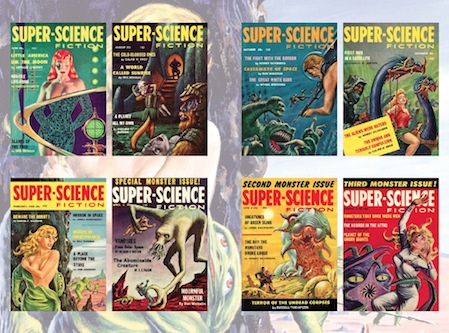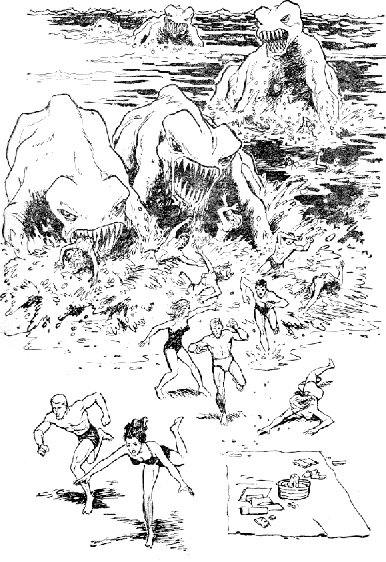Ed here: Olman's Fifty http://olmansfifty.blogspot.com/ has become one of my preferred sites for reviews. The man is intelligent, even-handed, seems to have no particular axe to grind and is damned informative. Here's a recent sample. This was especially interesting to me because when I was in my teens I thought the protagonist was a pretty cool guy. But when I saw it again recently I realized he's a phony, lazy, self-pitying jerk and not at all representative of what of what the so-called Angry Young Men were about.
Look Back in Anger by John Osbourne
 This is the play that really started the whole Angry Young Men movement that took place in Britain in the 50s and brought us such classic movies as This Sporting Life, The Loneliness of the Long Distance Runner and Saturday Night, Sunday Morning (also known as Kitchen Sink cinema). This is the story of a couple and their friend who all live on a small working class flat. The husband, Jimmy, is lively, intelligent and bitter with resentment to the point that he is almost constantly abusive to his upper-class wife (who married him against her parents's wishes). They live with a third friend, Cliff, who is a simpler, calmer soul and puts up with Jimmy's tirades against the upper classes, society in general, Alison, her family, her friends.
This is the play that really started the whole Angry Young Men movement that took place in Britain in the 50s and brought us such classic movies as This Sporting Life, The Loneliness of the Long Distance Runner and Saturday Night, Sunday Morning (also known as Kitchen Sink cinema). This is the story of a couple and their friend who all live on a small working class flat. The husband, Jimmy, is lively, intelligent and bitter with resentment to the point that he is almost constantly abusive to his upper-class wife (who married him against her parents's wishes). They live with a third friend, Cliff, who is a simpler, calmer soul and puts up with Jimmy's tirades against the upper classes, society in general, Alison, her family, her friends.As a stand-alone story or theatre piece, I wasn't really sure what to make of it. In context, with my limited knowledge of the period and the books and films that came out of it, I get what is being conveyed here. This play launched a new voice and a new representation of what England was going through at the time and it caused a lot of controversy. But by itself, it did seem just kind of depressing. The guy is such a jerk! I mean, I get his frustration and the shittiness of the system and the culture in Great Britain back then. But he has an attractive wife who irons and makes tea and all he can do is shit on her because her parents are socially uptight. I guess that's just my modern perspective speaking. There is also a strange element where Jimmy is constantly railing against the rich and is a total jerk, but of course gets the hot upper class babe and then gets her friend as well. And once he gets them, all they do is iron and make tea and try and understand and tolerate why he is treating them like shit all the time. The 50's - they were bugging.


















